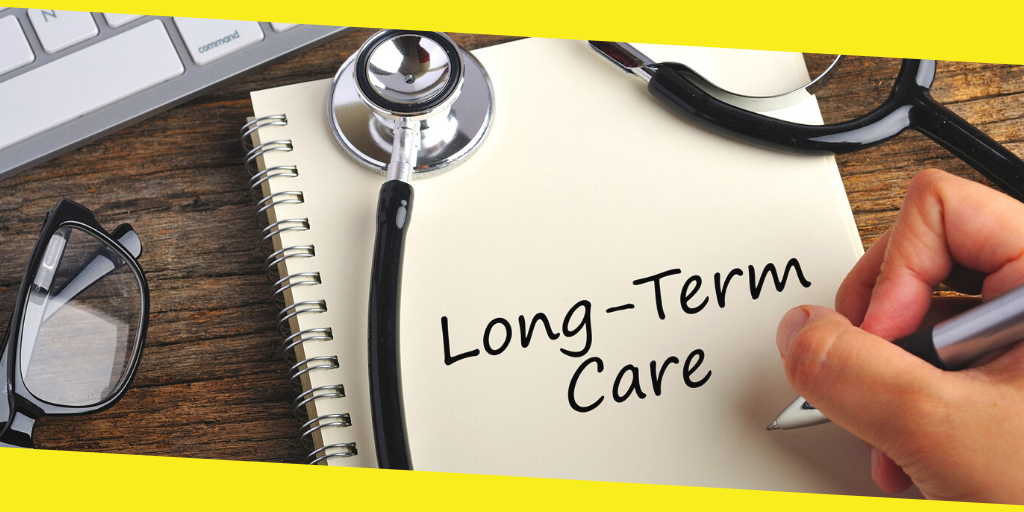All You Need to Know About Long-term Disability Insurance
This post was last updated on February 24th, 2022

Long-term disability insurance is not limited to only individuals with hazardous occupations. As a matter of fact, many disability claims are not related to the job itself. According to statistics generated by the Council for Disability Awareness, one in every four young adults of age 20 ends up impaired before retirement. The disabilities covered by a long-term disability (LTD) insurance are illnesses and non-work-related injuries. There are various reasons for disability claims; quite a number of them include:
- Muscle and tendon disorders.
- Neck and back pain.
- Cancer.
- Foot, ankle, hand disorders.
Having a disability can hinder you from earning a living. For some, they do not have a problem surviving outside their work for long periods, while others can barely pull through a couple of months. This is where the long-term disability insurance comes into play. Having an LTD claim implies that you can take care of yourself and your expenses for an extended period of time. A lot of workers file for disability benefits from their employers. Nevertheless, you can still purchase this insurance policy on your own. Despite securing a disability claim from your employer, you are being given insufficient payouts needed to sustain all your needs until you resume work.
When calculating the cost of your insurance, the following areas are considered:
- Age
- Income
- Health
- Smoking status
- Occupation
- Gender
Also, the duration of the benefit timeframe, elimination period, payment type, and riders are considered when evaluating your insurance policy. You can check out different disability insurance rates online to find a plan that works for you.
Factors To Note When Filing An LTD Insurance
Whereby you are to pay for your insurance policy with after-tax money, you will receive tax-free LTD benefits. However, if the insurance is being paid for by your employer, then your benefits will be taxed. Any expenses made in filing a disability claim will be taxed. Disability insurance companies work with employers to ensure that disabled workers return to their jobs as soon as possible. Even though these companies are eager to ensure health recovery for impaired employees, they reduce cost when these individuals are back to work in no time.
If you are partially disabled, your insurance company will manage your claim; this implies that you can only take up less-risky and less-strenuous jobs that lay less. However, if you earn 20% less than what you previously earned, then you will get full disability benefits based on your pre-disability earnings. An example of this is if you earn $55,000 per year, and sprain your leg, making it difficult to walk and work and end up taking a part-time job that pays less than $9,000 annually, your disability insurance company will pay you full LTD benefits in regard to your pre-disability wages of $55,000. Whereby the full benefit is 60%, you will get $33,000 out of $55,000.
On the other hand, if your income falls between 20% and 80% of your pre-disability income, you will be paid according to your potential earning percentage. However, if your earnings exceed 80% of your pre-disability income, then you may not be considered to be disabled. If you would like to know more about how you can purchase an LTD insurance policy, please visit this link: long-term disability insurance claim.
Recommended For You
How Flexible Are ULIPs?
Most Inside
Most Inside offers high-quality recommendations and valuable updates to enhance all aspects of your life, providing premium guidance and enriching experiences.




